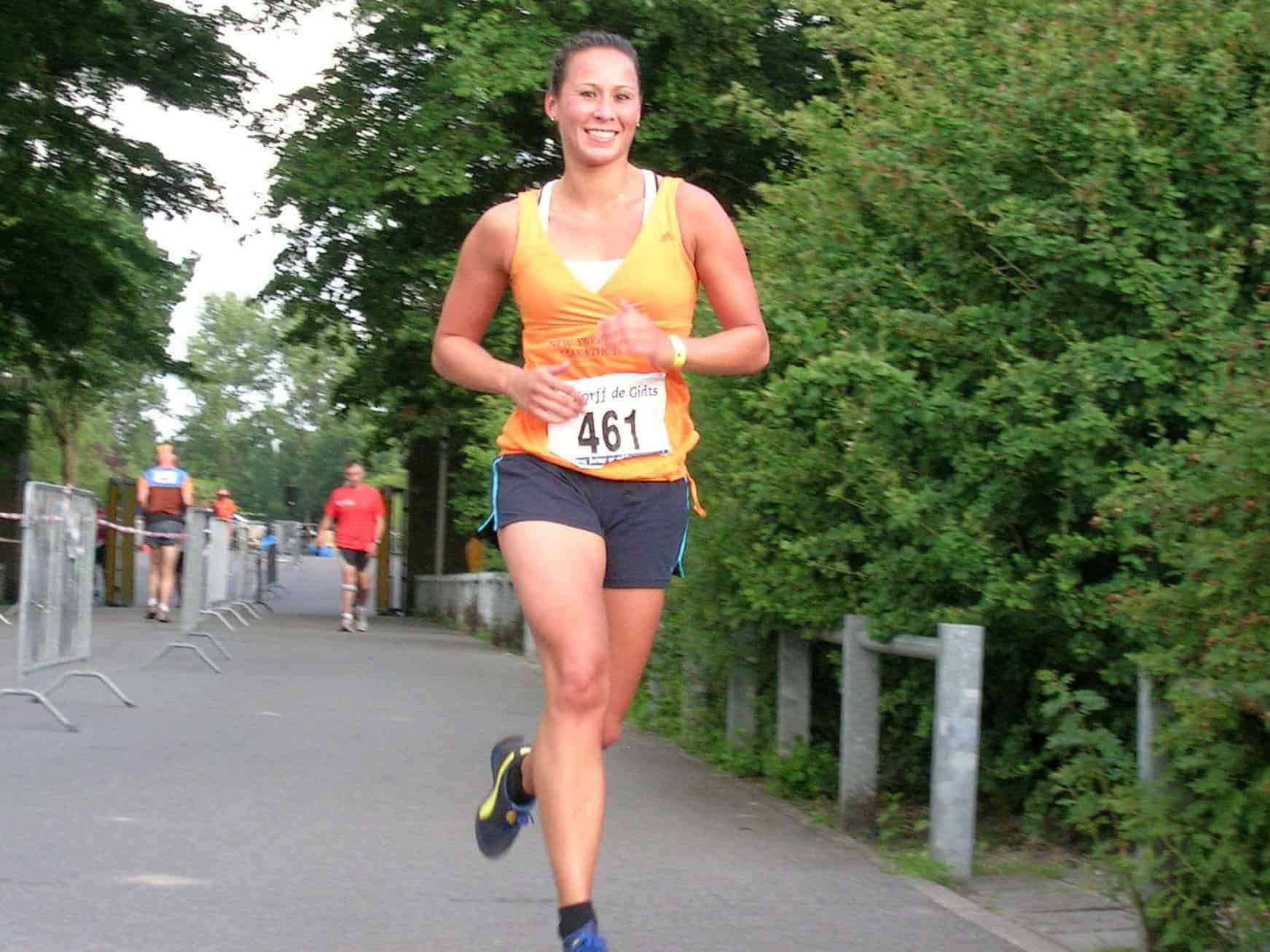There are also two placement sites for breast implants: sub-pectoral and sub-glandular.
Sub-pectoral placement
In this placement, your implants are inserted beneath your chest muscles. This allows your chest muscles to cushion and support the implants, and also gives a more natural look.
Sub-glandular placement
In this placement, your implants are inserted above your chest wall muscles, but under your breast tissue. This can offer benefits for weightlifters, since your muscle can grow and move freely beneath the implant.
Typically, runners prefer sub-glandular placement for a natural look and quicker healing. Thus, resulting in a faster return to their running schedule. However, your doctor will also discuss any concerns or considerations with you regarding each placement.

